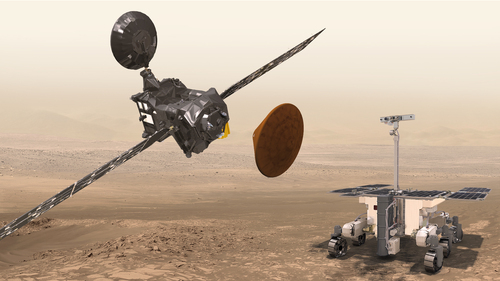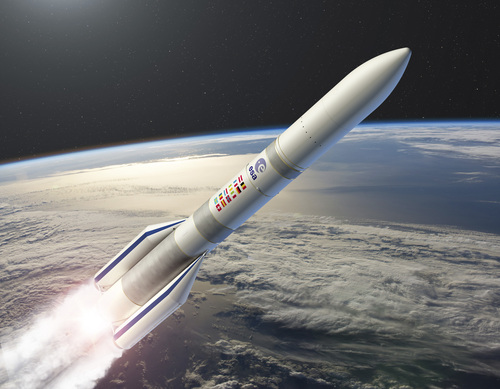Introduction to Rust and WebAssembly

In this article, I would like to talk about two technologies I’ve been playing with recently: the Rust programming language and the WebAssembly standard.
I’ll start by presenting each of these two technologies and which problems they are trying to solve. Then, I’ll explain what are the advantages of a Rust-powered Wasm module, and why it can be useful. Finally, I’ll provide links to interesting documentation.
WebAssembly Since many years, client side web applications, implemented in JavaScript, have been becoming larger and larger.
Read the 1227 words...



